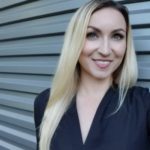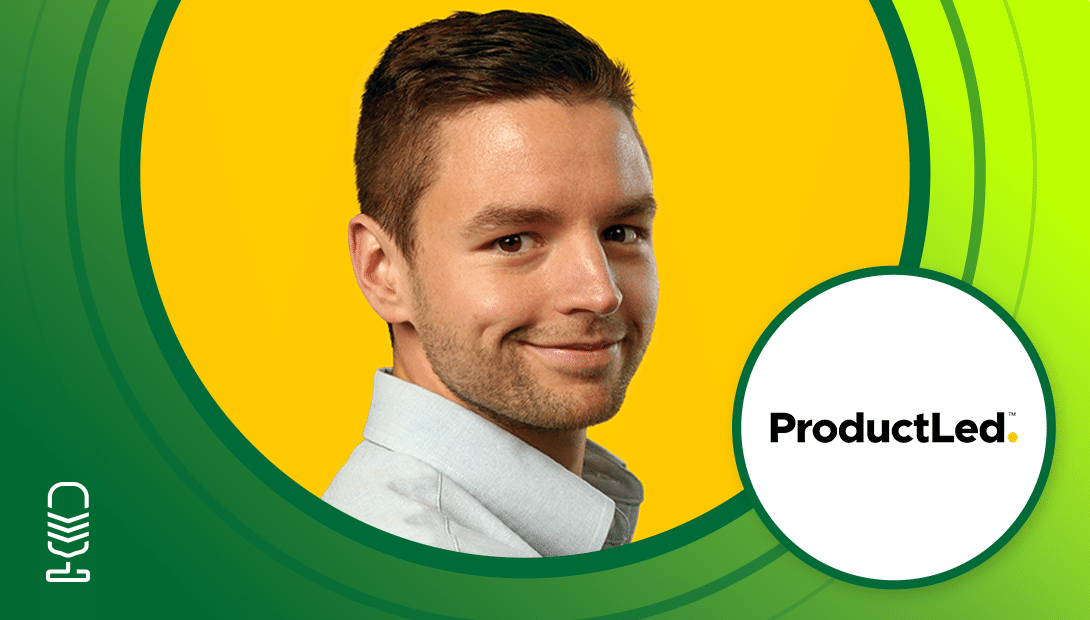Fuel Growth Podcast: From Freemium to Product-Led Growth
The term ‘product-led growth’ seems to be a new, popular buzzword amongst SaaS companies. But what is it, and why has it become so popular?
On this episode of the Fuel Growth podcast series, my co-host Clint and I got the opportunity to sit down and pick the mind of Wes Bush, CEO and founder of ProductLed. ProductLed is a consulting firm that helps train B2B software companies on how to execute product growth strategies—such as launching freemium models or learning how to scale operations on existing products.
What is Product-Led Growth?
This rising concept, Product-Led growth, is a strategy of leading with your product, giving the buyer the “keys” to use your product, and helping them experience meaning and value. When that’s achieved, purchasing or upgrading to a paid plan then becomes a no-brainer.
Wes shares an easy-to-understand example of a product-led model: “[With Costco], you get to experience the product first before you buy it.” This product-led strategy becomes the main channel for customer acquisition, conversion, retention, and expansion.
With Software-as-a-Service (SaaS) companies, activating and engaging people is now like a race to the finish line.
According to Wes, “that’s where freemiums and product-led models come in handy.” They allow customers to integrate a free trial, or even a free entry-level version, of your product into their business and see the benefits of the SaaS product sooner than later. Once the customer has seen the product at work, they gain interest in doing more which can be achieved through an upgraded product—and so begins the customer conversion process, which now adds to your revenue!
Product-Led Growth vs. Sales-Led Growth
Choosing the right growth strategy is important for all SaaS companies because it determines how successful your company will be. It lets you be in control of shaping your products, offerings, customer experiences, and sales processes.
So what’s better: Sales-Led or Product-Led growth?
Sales-led growth uses your sales processes and people to move customers along the funnel. The salesperson tells the customer more about the product, answers questions, and leads the customer towards making a purchase decision. In the best-case scenario, salespeople guide prospective customers through an evaluation process and unlock value each step of the way. However, in the worst-case scenario, salespeople become bottlenecks to the evaluation and slow down a prospect’s goal of understanding if a product is the right fit.
Product-led growth focuses more on what you sell than how you sell, putting the product itself in the hands of the users. This creates product trust, which drives more interest and purchases. As Wes puts it, “customers are now given a chance to understand the value of the product right off the bat.” By shifting to a product-led concentration, your business takes the salesperson out of the gatekeeper role and puts them into the accelerator role.
The modern software buyer is proving to prefer the “hands-on” evaluation process, which is the foundation of product-led growth. It’s not a surprise in the world of B2B SaaS sales that there are so many companies taking a product-led route and offering models such as a free trial or a free entry-level version.
Which approach do you prefer when it comes to buying a product?
The “Try Before You Buy” Mentality: What Does This Shift Mean for Sales?
According to Wes, it’s as simple as switching the formula around. In sales, there are four fundamental pillars of any business: acquisition, monetization, expansion, and retention. In a sales-led business, the order of operations traditionally goes:
Acquire customers → monetize them → engage with them → expand on the opportunity
Now, when looking at putting the product first, we’re changing the order. That means the new order of operation looks like this:
Acquire customers → engage with them → retain them → monetize and expand on opportunity
It all comes down to if they engage people before the purchase. Is the goal for the sales rep to determine who is most likely to buy or for the prospect to self-identify their interest through actual engagement? During our conversation, Wes brought up a fictional cleaning service company as an example where “product-led would mean that the company could offer a free trial of their services for a potential client that has a large lifetime value potential on it. They could look at that cost and be like, okay, it is going to cost us maybe $200-$500 out of our own pocket to initially clean during the trial. But, this could be a $50,000 per year opportunity”.
He went on to add, “instead of spending that initial money on ads that may not catch the eyes of potential customers, you can do your research, qualify a customer, and spend that money giving a free service. Even though you are spending money upfront, the ROI you receive from that company becoming a customer outweighs the initial cost.”
Customers Are Changing, So Must We.
The way people are buying is changing. That’s just a fact. Whether buying something for personal use or for the company, people want to know that their investment of time, money, and energy will pay off when they buy something. “Try before you buy” is not just for car shopping anymore.
In every buying experience, the product will always be at the center of the conversation regardless of if you start the sales cycle with it (product-led) or wait until the contract is signed (sales-led). When you put your product squarely in the hands of your prospects with the confidence that the product evaluation will create the excitement and demand you want, then your salespeople are selling with confidence and not dodging tough questions.
Want to learn more? Listen to our full podcast conversation here for a more in-depth look into how switching to a product-led sales model can be the driving force for acquiring, retaining, and growing your customer base. If you want to catch up on our previous episodes, you can do so here or on your favorite podcast app.
As we wrap up Season One of our Fuel Growth Podcast, Clint and I just want to thank everyone who has tuned in and listened along the way. We have more exciting topics and experts to talk to on the horizon and can’t wait to catch up with everyone on season two. Thank you, and we’ll see you soon!

